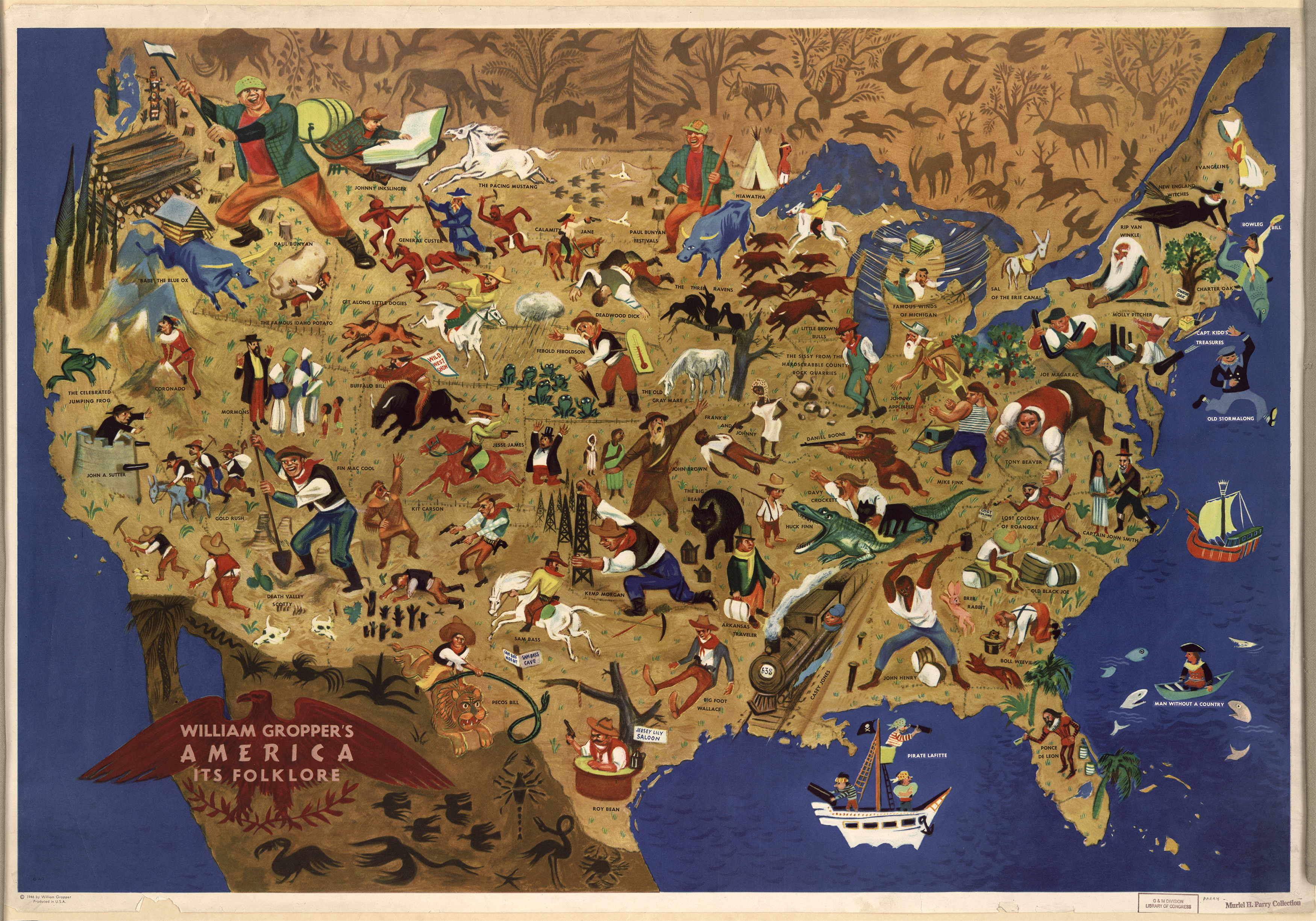 |
| End Title Illustration detail from 'Cautionary Tales' |
Gutenberg.org has a whole book of them, many of which are likely familiar, though in much shorted form, and all designed to scare children silly into behaving better. Though all of us grew out of these worries before adulthood, what would happen if the warned consequences of these frowned-on behaviors became real?
If you're not aware of the short film 'Cautionary Tales' by Us (writing and directing duo, Christopher Barrett and Luke Taylor) you should be. This short film, created in 2016, is built on the folklore of, well, cautionary tales' and has garnered a lot of attention at film festivals, including receiving a nice crop of awards. (Check out the laurels below! And this is just a listing of the better known awards.)
The short was recently been uploaded to vimeo (in January 2018) and is finally available for the public to view for free.
Here's the synopsis:
A bizarre incident as a young boy left Aaron with an unusual facial disfigurement that has plagued him all his life. Isolated and vulnerable, Aaron seeks comfort in the friendship and understanding of an unexpected group of outcasts.
The directors were recently interviewed by Short of the Week, and had this to say about the inspiration for their work:
“The whole idea stemmed from the lies parents tell their children”, the directors reveal in conversation with Short of the Week. “We found it fascinating that parents tell their children not to lie, but they constantly do just that. We focused on the somewhat dark cautionary tales parents use to scare their children into behaving…We loved the idea of imagining a world in which these tales had come true and these kids have lived their whole lives with these disfigurements”.Wikipedia has a great and simple explanation for what a cautionary tale actually is:
A cautionary tale is a tale told in folklore, to warn its hearer of a danger. There are three essential parts to a cautionary tale, though they can be introduced in a large variety of ways. First, a taboo or prohibition is stated: some act, location, or thing is said to be dangerous. Then, the narrative itself is told: someone disregarded the warning and performed the forbidden act. Finally, the violator comes to an unpleasant fate, which is frequently related in expansive and grisly detail.
And now for the film.
The audience feels empathy for the main character, Aaron, right from the opening and this inventive story is quickly told. It's not just about him though. It's surprising and touching, and well worth eight minutes of your time to watch:


What cautionary tales were you told as a child?






















/cdn0.vox-cdn.com/uploads/chorus_asset/file/3523678/thenortheast.0.jpg)
/cdn0.vox-cdn.com/uploads/chorus_asset/file/3523682/thesoutheast.0.jpg)
/cdn0.vox-cdn.com/uploads/chorus_asset/file/3523684/themidwest.0.jpg)
/cdn0.vox-cdn.com/uploads/chorus_asset/file/3523688/thesouthwest.0.jpg)
/cdn0.vox-cdn.com/uploads/chorus_asset/file/3523690/thewest.0.jpg)